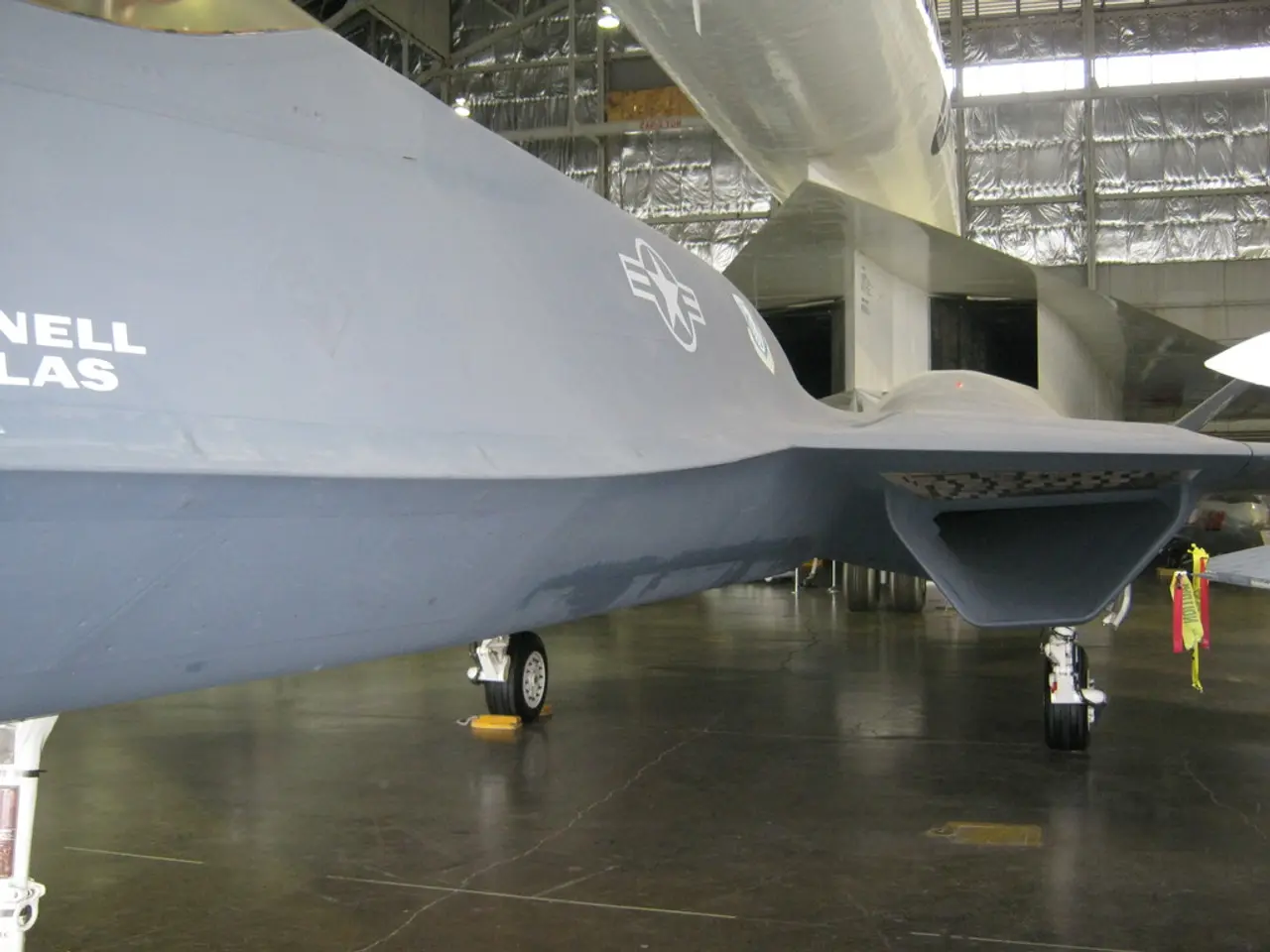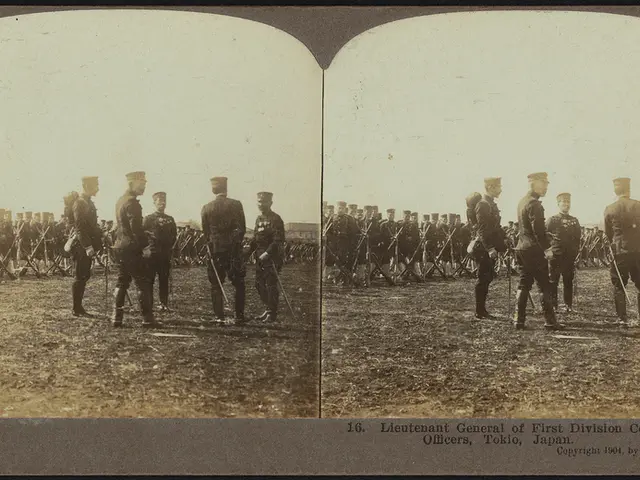High-Speed Transit: Executive Order Proposes Supersonic Commercial Flight from New York to Los Angeles in 3 Hours, Aiming for 2027 Implementation
In a groundbreaking development, companies like Boom Supersonic and Lockheed Martin are leading the charge in making supersonic flight quieter, potentially paving the way for supersonic travel over land.
Boom Supersonic, with its XB-1 test aircraft and production airliner, Overture, is employing a technique called Mach cutoff. This approach involves flying at speeds and altitudes where the sonic boom is refracted by atmospheric layers, keeping it from reaching populated areas. Boom's XB-1 has already demonstrated supersonic flight without the typical loud sonic boom impacting the ground, flying around Mach 1.12 [1][2]. The Overture, designed to fly at Mach 1.7 at 60,000 feet, promises quieter supersonic travel, albeit slower than the Concorde [1]. However, the sonic boom cutoff depends on careful monitoring of local atmospheric conditions, such as temperature, pressure, and wind, to ensure it remains off the surface [2].
Lockheed Martin, in collaboration with NASA, is focusing on airframe shaping with the X-59 Quiet Supersonic Technology (QueSST) aircraft. The X-59 features a long, narrow nose, which softens the sonic boom by modifying shockwave patterns, creating a quieter sonic signature known as a "quiet sonic boom" or "low-boom." The X-59 also boasts a windowless cockpit with an external vision system to maintain its streamlined design. The X-59 program aims to gather data to change regulatory standards, eventually enabling commercial supersonic flight over land with minimal noise impact [3].
Other companies, such as Spike Aerospace, are also developing quiet supersonic technology, with the goal of potentially lifting bans on supersonic flights over land. While specific technical details are less publicized, their objectives align with those of Boom Supersonic and Lockheed Martin [4].
These technological advances represent the current frontier in noise mitigation, striving to reconcile supersonic speeds with environmental and regulatory constraints related to sonic boom noise. The U.S., along with several other countries, had previously imposed a ban on overland commercial supersonic flights due to noise concerns, a ban that has now been lifted through an executive order [5]. The regulatory timeline for supersonic flights is considered aggressive, with final rules expected to be implemented by June 6, 2027, and the repeal of prohibitions by Dec. 3, 2023 [5].
This new era for supersonic flight promises to significantly reduce travel times. For instance, supersonic travel could cut travel time between New York and Los Angeles from six hours to 3.5 hours [6]. As these innovative technologies continue to evolve, we can look forward to quieter skies and faster travel times in the future.
References: 1. Boom Supersonic. (n.d.). XB-1. Retrieved from https://boomsupersonic.com/xb1 2. Boom Supersonic. (n.d.). Overture. Retrieved from https://boomsupersonic.com/overture 3. Lockheed Martin. (n.d.). X-59 Quiet Supersonic Technology. Retrieved from https://www.lockheedmartin.com/en-us/products/x-59-quiet-supersonic-technology.html 4. Spike Aerospace. (n.d.). Spike S-512 Quiet Supersonic Jet. Retrieved from https://spikeaerospace.com/s-512 5. White House. (2023, March 30). Fact Sheet: President Biden's Executive Order on Promoting Competition in the American Economy. Retrieved from https://www.whitehouse.gov/briefing-room/statements-releases/2023/03/30/fact-sheet-president-bidens-executive-order-on-promoting-competition-in-the-american-economy/
- The technology employed by Boom Supersonic, such as Mach cutoff, aims to refract sonic booms and make supersonic travel over land a reality, like with their Overture production airliner, which promises quieter supersonic travel.
- Lockheed Martin, in cooperation with NASA, is working on airframe shaping with the X-59 Quiet Supersonic Technology (QueSST) aircraft, with the goal of creating a quieter sonic signature for commercial supersonic flights.
- Spike Aerospace is another company developing quiet supersonic technology, aiming to potentially lift bans on supersonic flights over land by reducing noise impacts.
- With the regulatory timeline for supersonic flights considered aggressive, technological advancements in noise mitigation could significantly impact finance, industry, travel, aerospace, and various sectors of the economy, setting a new standard for faster and quieter travel in the future.








